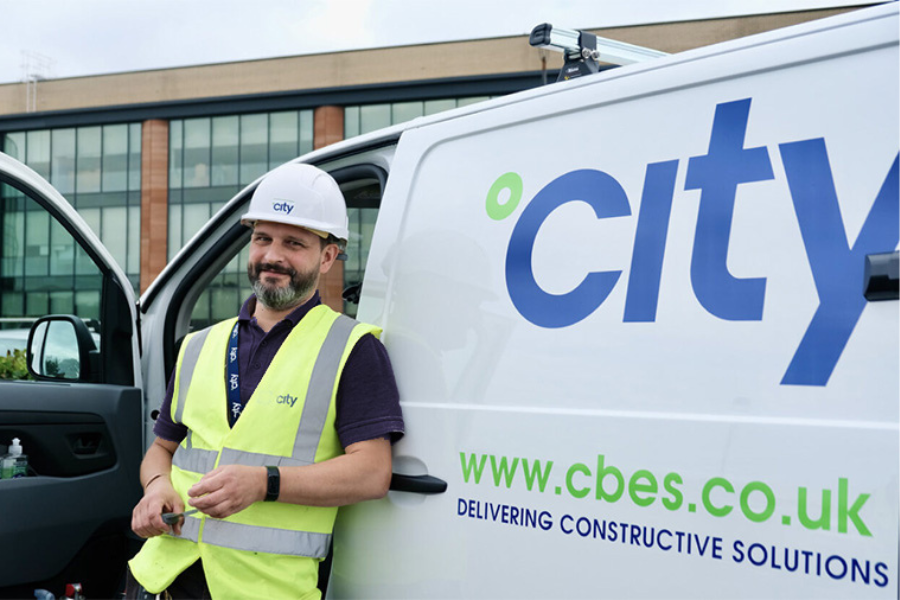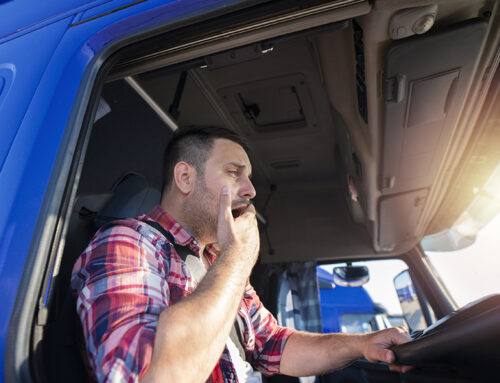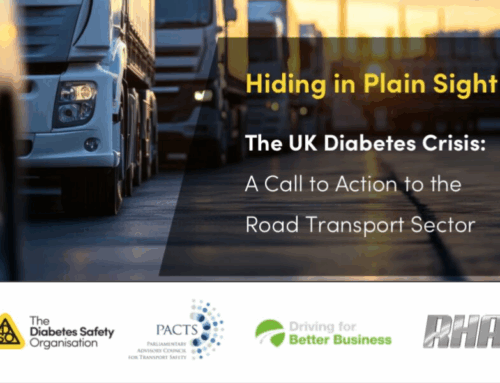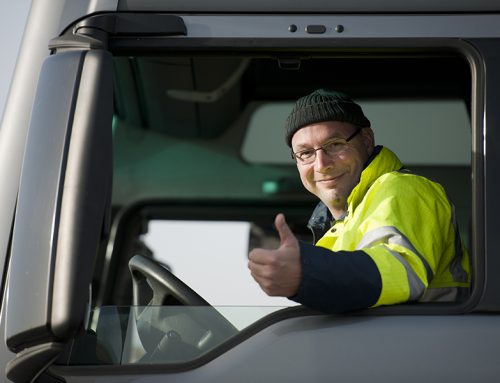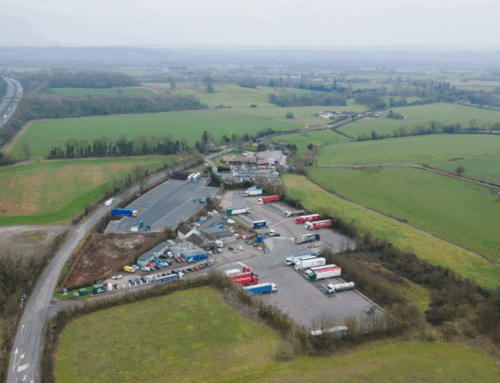CBES Ltd has 800 employees managing over 3,000 sites in the UK. It offers retail refurbishment, facilities management, construction, engineering and refrigeration solutions to its customers, with its engineers and technicians driving circa 350+ vans, alongside a 120-strong grey car fleet.
Head of risk and compliance, Duncan McNicol, explains why, despite having already won 10 RoSPA Gold Awards, the company has now joined the Driving for Better Business Programme.
“We have our brand name on the side of the vehicle and we work with other well-known customers – we cannot afford the reputational damage from unsafe driving.
However, fundamentally it’s about keeping everyone safe.”
Duncan McNicol – Head of Risk & Compliance, CBES

You already have a well-established safety culture, as evidenced by your awards. Do you still face significant safety challenges?
Duncan McNicol: There are always challenges, in the sense of new contracts, new vehicles and new employees who may not yet share or be fully embedded in our culture and background in safety. Shaping culture takes some time, generally through reinforcement and recognition of good behaviours in our view. To get traction on this we set new objectives and targets, including campaigns around specific issues.
For instance, in October we ran a Stop! Make a change! campaign about mental health, and delivered those sessions face-to-face with groups of 50 employees at a time. Communication is hard when you have a remote workforce, and although technology has become commonplace for us all since COVID, it’s always valuable to have in-person discussions which we try and facilitate – we took the same approach with Road Safety Week this year too.
So how have you achieved such success in lowering your risk profile? What’s your process?
We set ambitious goals and we use telematics to our advantage to capture real world performance data. Metrics are always fluid, because the fleet size and mileage changes, but I present our key safety metrics for the whole organisation, not just the fleet, at our operational management team, ensuring we have divisional ownership and leadership from the fleet operators.
We’ve been measuring our rates of claims and of speeding events, which have been reducing. We track the incident rate, rather than the number of events, because this year we have had more speeding events but that’s because also we’ve driven one million miles more than last year. Having good insight into our drivers’ performance and reporting regularly ensures we can intervene promptly and accordingly when we need to.
In terms of the drivers, we reward and recognise great performance by our drivers. However, we further identify the bottom 30 in terms of speed events which in turn prompts face-to-face discussions with them around their driving behaviour. Those interventions are always data-led and help inform our drivers of their performance – often until this is presented they are unaware so, on most occasions, it leads to changes in driving style. Occasionally, however, we put people on driver improvement programmes and may add cameras to their vehicles to aid coaching.
On a few occasions we may have people who do not improve and that becomes a disciplinary and conduct matter. We have our brand name on the side of the vehicle and we work with other well-known customers – we cannot afford the reputational damage from unsafe driving. However, fundamentally it’s about keeping everyone safe. In our experience we have found that cementing the mindset and idea of protecting the brand, as well as our people, lands well with most drivers. We can be hard line if necessary, but that isn’t our modus operandi. We aim to give our drivers the skills and knowledge they need to exhibit the right behaviours and extol our values.
Why have you joined DfBB now?
I liked the tools and resources Driving for Better Business makes available to facilitate communication and dialogue with our drivers. We do a lot of safety-based education, and the toolbox talks and videos fit well within that. We’ll be using one a month, to support other messaging, and also because they can be topical, such as driving in bad weather. The videos go a little quickly – the drivers are pausing them to read the text – but they are engaging and bit more dynamic. It’s really added another layer to our fleet comms strategy.
Engagement is the key term in fleet safety, isn’t it? How have you achieved engagement?
There absolutely needs to be engagement. To be honest, in terms of safety it is relatively easy to identify hazards. The key concept is to impress upon the drivers that we cannot work with the clients we have if we do not manage and minimise those risks. You need to have very honest conversations. It can’t be trite or sound bites – there has to be candour in order to get everyone onto the same journey.
We show our people: here is our performance and this is why it’s important….
It’s also important to realise that some people do not realise that they are driving inappropriately. They will jump onto a dual carriageway at 70mph and not realise the speed limit for a van is 60, or that’s its 50 on a single carriageway road. So you need to have that conversation. And sometimes there will be dips or troughs in performance and you need to examine those. At an individual level if someone speeds uncharacteristically, that’s an important conversation and may go in a different direction, maybe into their personal concerns or situation. Our people are our biggest asset, so finding out if they have a problem is crucial and if we can help then everyone wins.
Can safety be achieved in segments or does it have to be cultural throughout the business?
A key value for us is finding constructive solutions for our people and the environment. How do you make that a reality? You teach people not to compromise: call it out. That’s across the board, across the business, across every division. It’s a very important thread in our culture. Safety requires a social contract between you.
We approach fleet safety like we do with other business risk areas: we review performance, analyse the data for trends and act accordingly. If we do have a collision, within minutes we have details of the vehicle movements and speed, and we can speak to the driver and the customer. My team and the wider fleet team will always investigate what has happened in an incident – but you can’t do that effectively unless you have those foundations of technology, cultural safety and candour.

